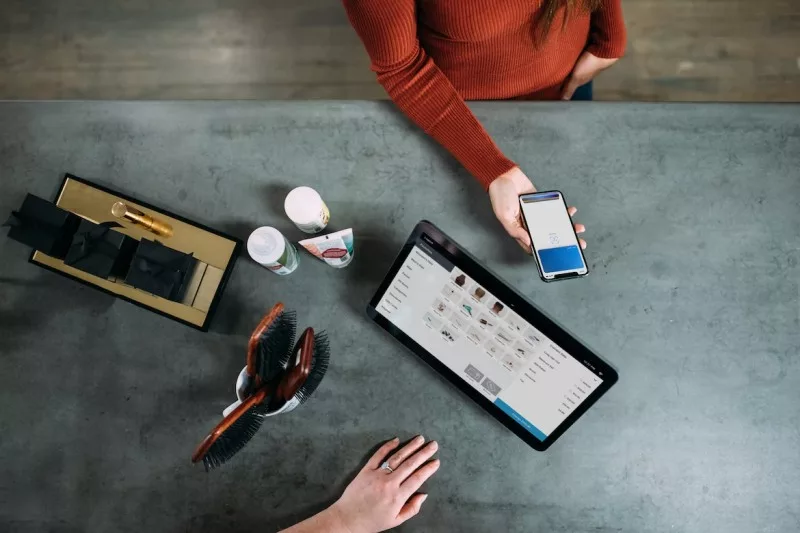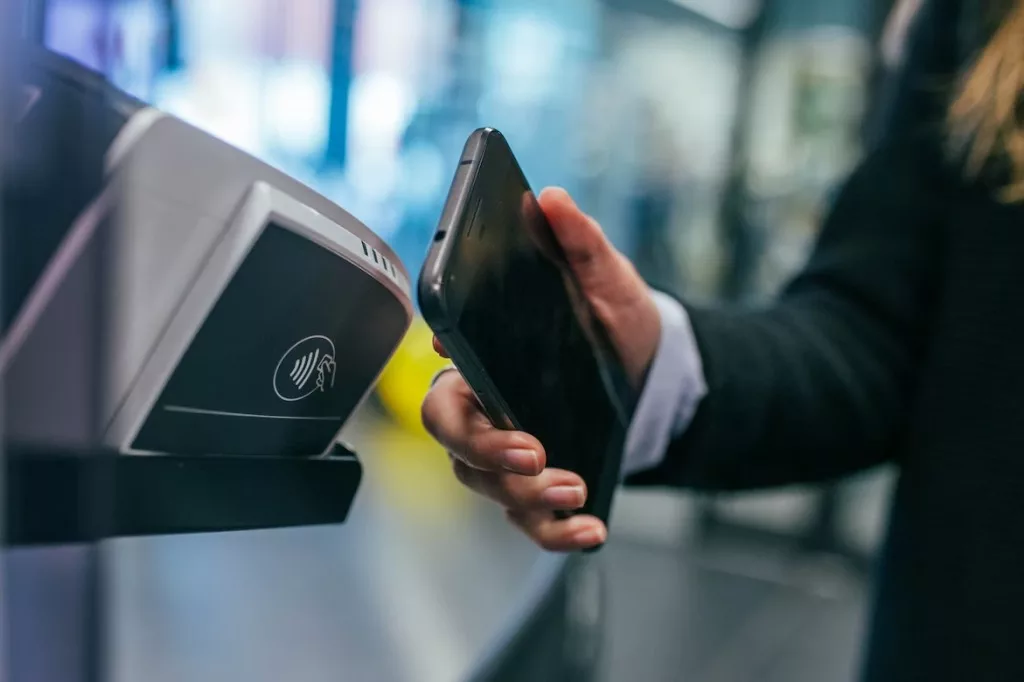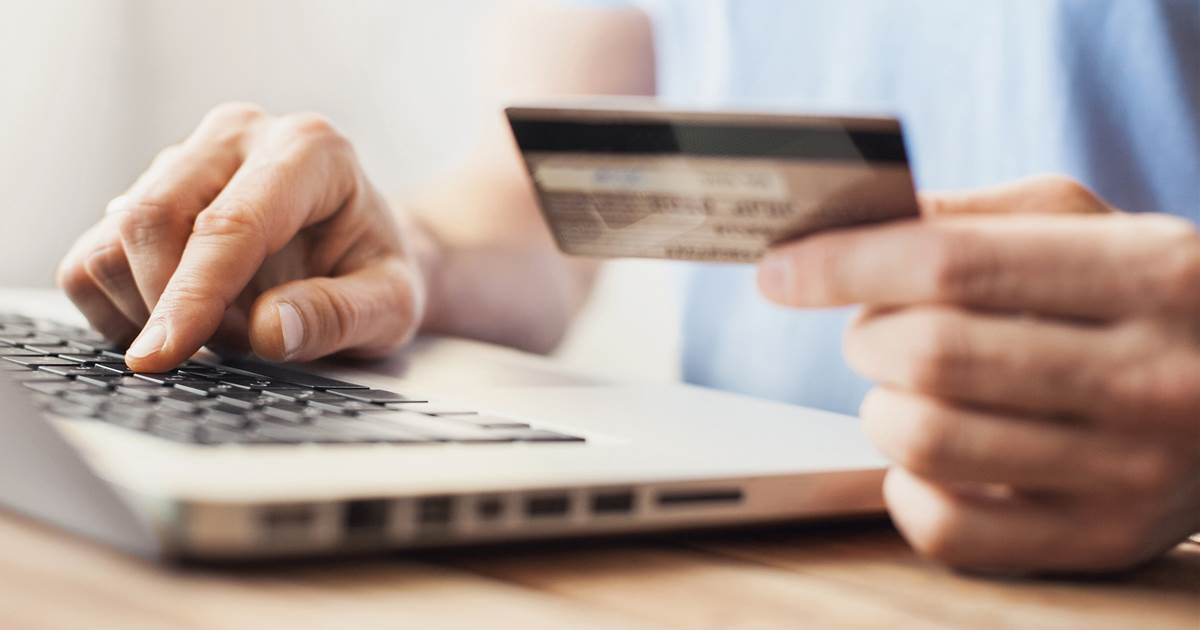Mobile payments have become the standard in the modern marketplace. From brick-and-mortar shops to e-commerce digital marketplaces, mobile payments have become the primary form of payment for most consumers, and more and more merchants find themselves making the switch to a point-of-sale system to enable mobile payments. With such a push in the industry, what do you need to know to make the jump?
What is Mobile Payment?
Mobile payments enable payment with standard mobile devices, simplifying the transaction process for merchants and customers. Most modern smartphones enable mobile payments, as well as some smartwatches, and even some cutting-edge eyeglasses. As mobile payments have become more popular with tech users, three main formats have made themselves standard:
Near-Field Communication (NFC)
NFC payments are contactless payment methods, primarily between a mobile device and an NFC-enabled payment reader. NFC uses radio-frequency identification (RFID) tags to detect the device’s encrypted data on the NFC chip. This is most common in mobile wallets, such as Apple Wallet or Google Pay, enabling users to “tap” the mobile device on the card reader like they would with a standard plastic card.
NFC payments tend to be more secure than a typical credit card transaction, as the extra layers of tokens and encryption make data harder to find, and more difficult to crack. Like many other touchless payment systems, NFC transactions can still be susceptible to physical scams like fake payment stickers, touchless card skimmers, or data corruption, problems that a business should be equipped to solve.
Quick Response (QR) Codes
QR Codes are 2-dimensional, black-and-white codes that are typically decoded by a customer’s phone camera or QR code reader. QR codes usually lead to a separate payment platform where the customer can then enter their card information. This can go the other way, too, where the merchant will scan a customer’s card QR code and get their payment information, though this version is less common.
Some POS systems even enable ordering and marketplace interaction through the QR code, enabling customers to shop a business’ offerings from their mobile device, add items to a card, and check for everything all on one platform. QR codes can be fairly secure, but their physical nature also makes them susceptible to tampering or damage, making them unreliable in some edge cases. Further, not all devices are enabled with QR readers, and the experience of using a QR code can be clunky and complicated, which can turn customers away from using a marketplace.
Magnetic Secure Transmission (MST)
MST payments use magnetic signals to transfer information from a mobile device to a POS terminal, emulating a physical card being swiped through a card reader. This format mimics NFC transactions, meaning that merchants who already have an NFC reader don’t need to change the hardware to enable MST interactions. As of right now, MST payments are only enabled on Samsung devices, making them a fairly uncommon form of payment.
Peer-to-Peer (P2P) Transactions
While less relevant to merchants overall, P2P interactions are still sometimes enabled or included with some POS and Mobile Pay systems. P2P payments include mobile app payments like Venmo, PayPal, and CashApp, among others, enabling independent consumers to transfer money to other individuals like a bank wire transfer. P2P interactions are most common with independent small businesses or pop-up shops, due to their ease of access and setup.
Instead of card transactions, P2P transactions are more regularly being accepted by some merchants and mobile pay systems, making them a worthwhile payment method to account for. Using P2P can create some issues for a business when it comes to accounting, however, as the ability to use aliases and casual transaction descriptions like emojis or custom messages can make payments difficult to track in revenue reports, or may require businesses to set up extra accounts and access points to obtain the financial information. Furthermore, these transactions tend to have poor fraud mitigation, making it difficult to account for fraudulent or insufficient charges.

7 Tips for Merchants Switching to Mobile Pay
With the different types of mobile payments established, all that is left is to enable the transactions. Doing so can be a confusing and expensive process, so here are 6 tips to make that transition as smooth as possible:
1. Pay Attention to Fees and Dues
All cashless transactions come with processing fees, but some mobile payment platforms may also come with membership dues, hardware costs, or transaction rates. Ensure your business has the revenue to cover these fees and shop around to see which platforms best fit your business’s day-to-day operations. Some businesses may not require hardware upgrades, or may only charge monthly fees rather than per-transaction dues.
2. Outline Which Payment Methods Your POS Accepts
Not all payment processing methods are created equal, and neither are POS systems. Some systems may not accept certain banks, card distributors, or even mobile payment methods like MST or QR codes. Be sure your business can still accept the same payment options and banks, or you may lose more from lost business due to customers not being able to utilize your marketplace. Peer-to-peer payment methods, like PayPal and Venmo, are popular with small businesses or pop-up shops due to their accessibility and ease of use, but may not be accepted at larger scale companies due to a lack of support from the Mobile Payment POS system.
3. Ensure Security for the Business and the Customer
When it comes to money and finances, security is everything. Ensure your mobile payment system and POS have security measures in place to keep your business’ and customers’ information safe from bad actors like hackers or scammers. Touchless mobile payment systems may be safe from magnetic stripe card skimmers, but even NFC payments can be susceptible to fraudulent payment stickers on POS systems. Even databases that house old payment information can be accessed from the outside by hackers, making strong data encryption and security measures paramount to a business’s operations.
4. Confirm Hardware and Software for New Systems
New payment systems will sometimes require upgrading to new hardware, software, or other technology. Ensure that this is necessary for your business, and try to save money where you can. New hardware and software can be expensive on their own, but paid time is also required to train staff with new systems. Expect some hiccups along the way — No business change is ever perfect, but careful planning and an outline of expenditures can save your business’s wallet and your workers’ patience.
5. Ensure Transaction Coverage on All Marketplaces
Not all businesses are brick-and-mortar stores, and some online marketplaces may have shopfronts on multiple platforms. Ensure your POS covers transactions in all places a customer may interact with your business, whether in person or online. Even eCommerce platforms like Instagram and Facebook Marketplace are worth considering, as social media has become an extremely popular place to market products and generate customer interest. As the pool of potential customers diversifies, your shopfront has to, too.
6. Mobile Payment Customer Service
What if there’s an issue from the business’s side? Whatever mobile payment platform you choose, be sure it has a reliable and accessible customer service team. Every business’s worst nightmare is having to suspend operations due to an inability to process transactions, and a good mobile payment platform will have experts on-call to help troubleshoot, repair or replace systems that are malfunctioning or broken. Some may even have independent knowledge bases to allow workers to troubleshoot the problems themselves — The more accessible the information, the more reliable that mobile payment platform is likely to be.
7. Bookkeeping and Accounting
While mobile payment is convenient and accessible at the point of transaction, they can present some challenges when doing quarterly bookkeeping and accounting. A good mobile payment system will provide tools or knowledge to help merchants track their revenue and spending, allowing businesses to improve operations. At a minimum, a business should be able to collect a transaction’s date, amount, source account, payee/recipient, and categorize transaction types. All this information helps a business keep track of expenditures and revenues in a given year, and can even be referenced years in the future to maintain financial clarity.
Make the Most of Mobile Payments
Don’t get left behind as the world switches to mobile payments. Most mobile payment platforms still enable all the same card transactions as physical points of sale and add extra security and organization measures to enable businesses to make the most of their money. Some even come with merchant accounts, granting businesses a team of payment professionals to advise, troubleshoot, and solve any mobile payment roadblocks that may come your way. These tips may not cover every edge case, but use them as a springboard to launch your business into a new level of commerce!


